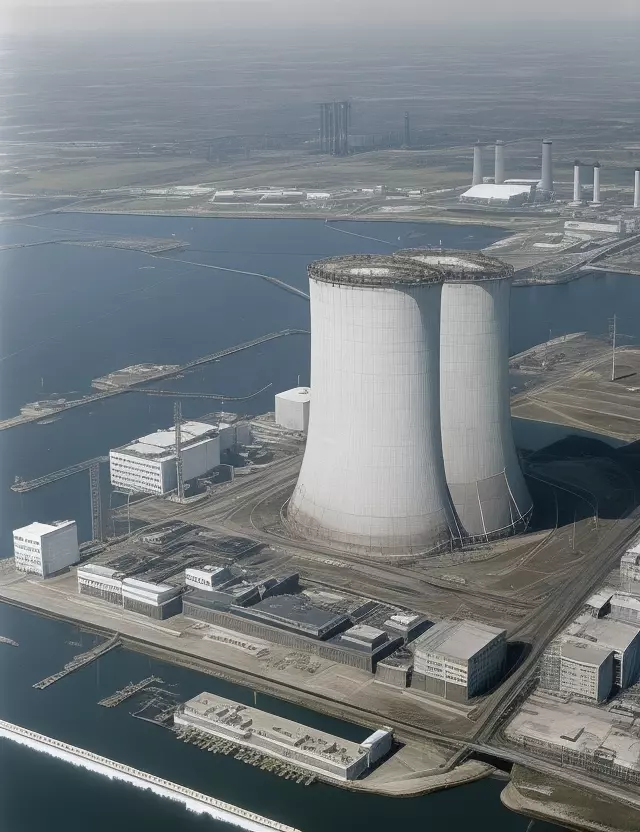The Three Mile Island Nuclear Accident: A Turning Point for Nuclear Safety
Concerns Raised in Pennsylvania

The Three Mile Island Nuclear Accident: A Turning Point for Nuclear Safety
On March 28, 1979, the United States experienced one of its most significant nuclear accidents when a partial meltdown occurred at the Three Mile Island nuclear power plant in Pennsylvania. The incident, which unfolded over several days, raised serious concerns about nuclear safety and regulation, sparking a national debate on the future of nuclear energy.
Anatomy of a Disaster
The Three Mile Island accident was triggered by a series of equipment malfunctions and operator errors, resulting in a partial meltdown of one of the plant's reactors. While the reactor containment vessel prevented a full-scale disaster, radioactive gases were released into the atmosphere, leading to widespread fear and uncertainty among the public.
Public Alarm
The Three Mile Island accident sparked widespread panic and confusion, as conflicting reports emerged about the severity of the situation. Evacuation orders were issued for pregnant women and young children within a 5-mile radius of the plant, while others living nearby were advised to stay indoors.
Legacy and Lessons
The Three Mile Island accident had far-reaching implications for the nuclear industry, leading to increased scrutiny and regulation of nuclear power plants across the United States. It also fueled growing public opposition to nuclear energy and prompted calls for greater transparency and accountability in the management of nuclear facilities.
Continued Vigilance
More than four decades after the Three Mile Island accident, its legacy continues to shape discussions about nuclear safety and policy. While advances have been made in reactor design and safety protocols, the incident serves as a sobering reminder of the potential risks associated with nuclear energy and the importance of robust oversight and emergency preparedness.



